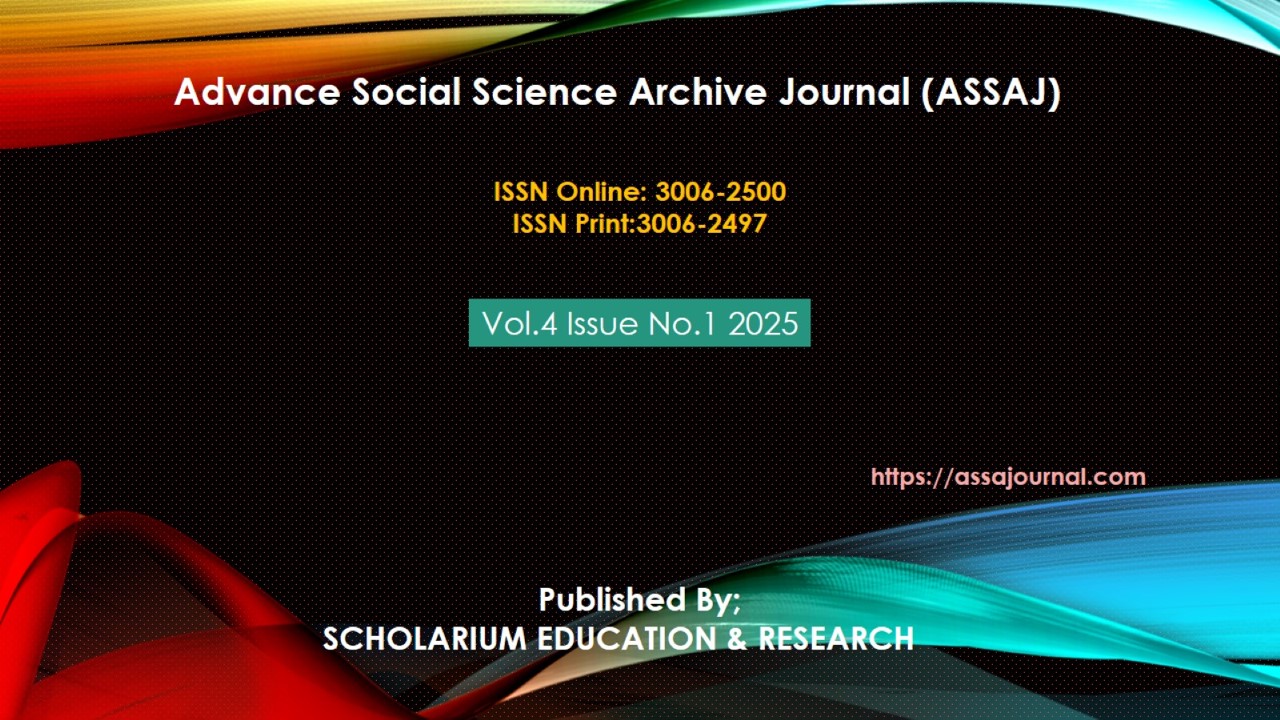Australia's Evolving Role: Addressing Yemen's Humanitarian Crisis through Arab Spring and Beyond
https://doi.org/10.5281/zenodo.17195155
Abstract
This paper delineates and evaluates Australia’s multi-dimensional response to the Yemeni civil war that escalated after the 2011 Arab Spring, explicitly limiting its scope to the 2012-2022 period and to initiatives funded or directed by the Australian government and its accredited NGOs. Yemen’s post-2011 conflict has generated the world’s largest humanitarian emergency, yet scholarly attention rarely extends to geographically distant middle-power actors. Australia, despite being over 10 000 km from the battlefield, has repeatedly identified Yemen as a priority for its Middle-East humanitarian and counter-terrorism strategies. The study used mixed methods. First, we collected secondary data: Australian aid budgets, UN reports and NGO websites (2012-2022). Second, we did 15 semi-structured interviews with DFAT staff, NGO workers and Yemeni-Australians. The analysed the interview notes by hand, grouping answers into clear themes, and then compared these themes with the numbers from the documents. Australia gave US$ 45 million, mostly for food, health and clean water. Aid rose when fighting got worse. People praised Australia for steady money and few restrictions, but said Australia had little voice in peace talks. Training projects (like mine-risk classes) were useful, yet food aid only eased, not ended, hunger. Australia should keep multi-year aid and also join UN peace talks more actively. It can share its mining and water skills to help remove landmines and build safe water systems, helping both today and in the long run.
Keywords: Australia’s foreign policy, Yemen humanitarian crisis, Arab Spring, Middle East diplomacy, International aid





